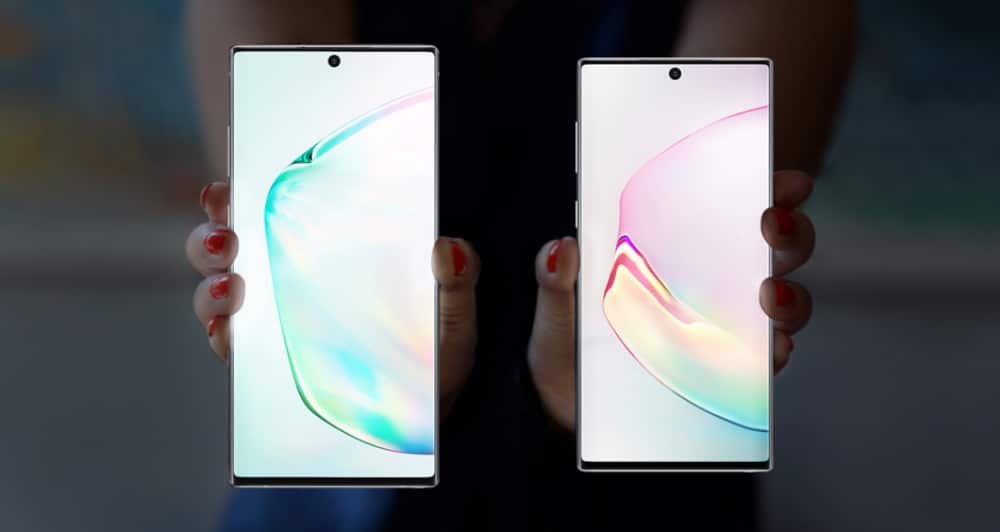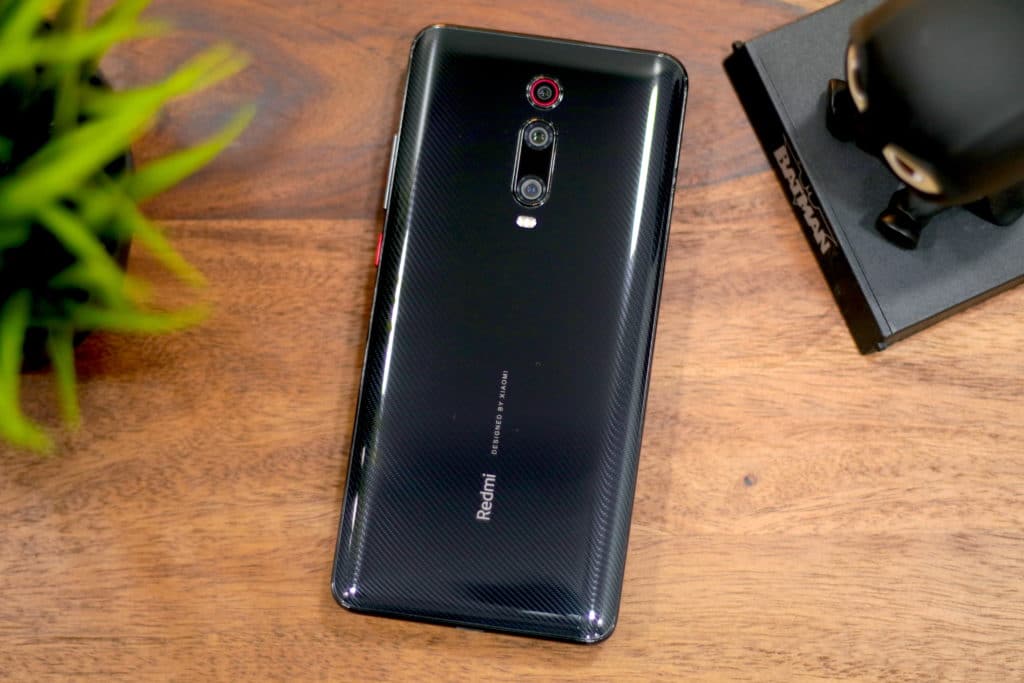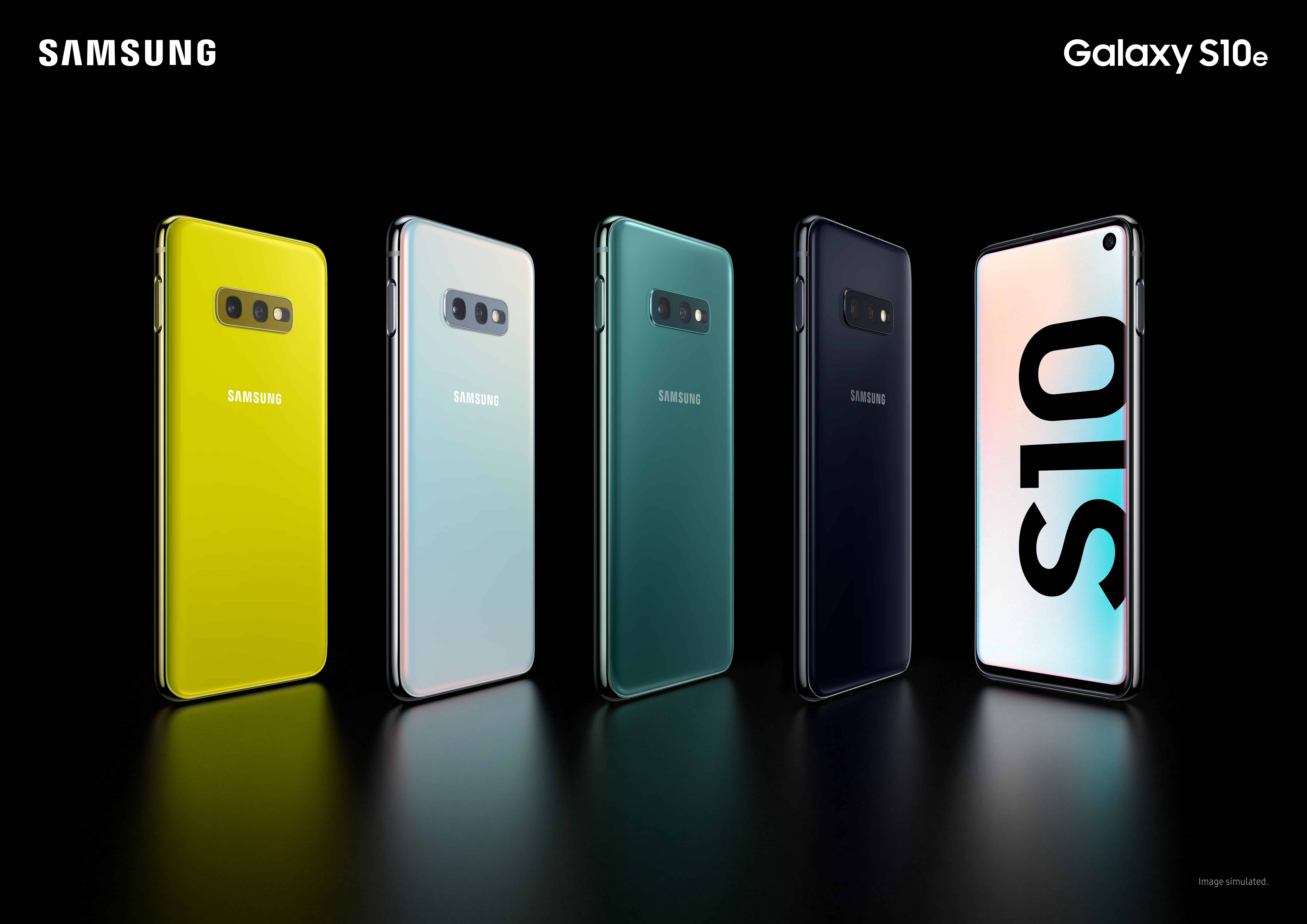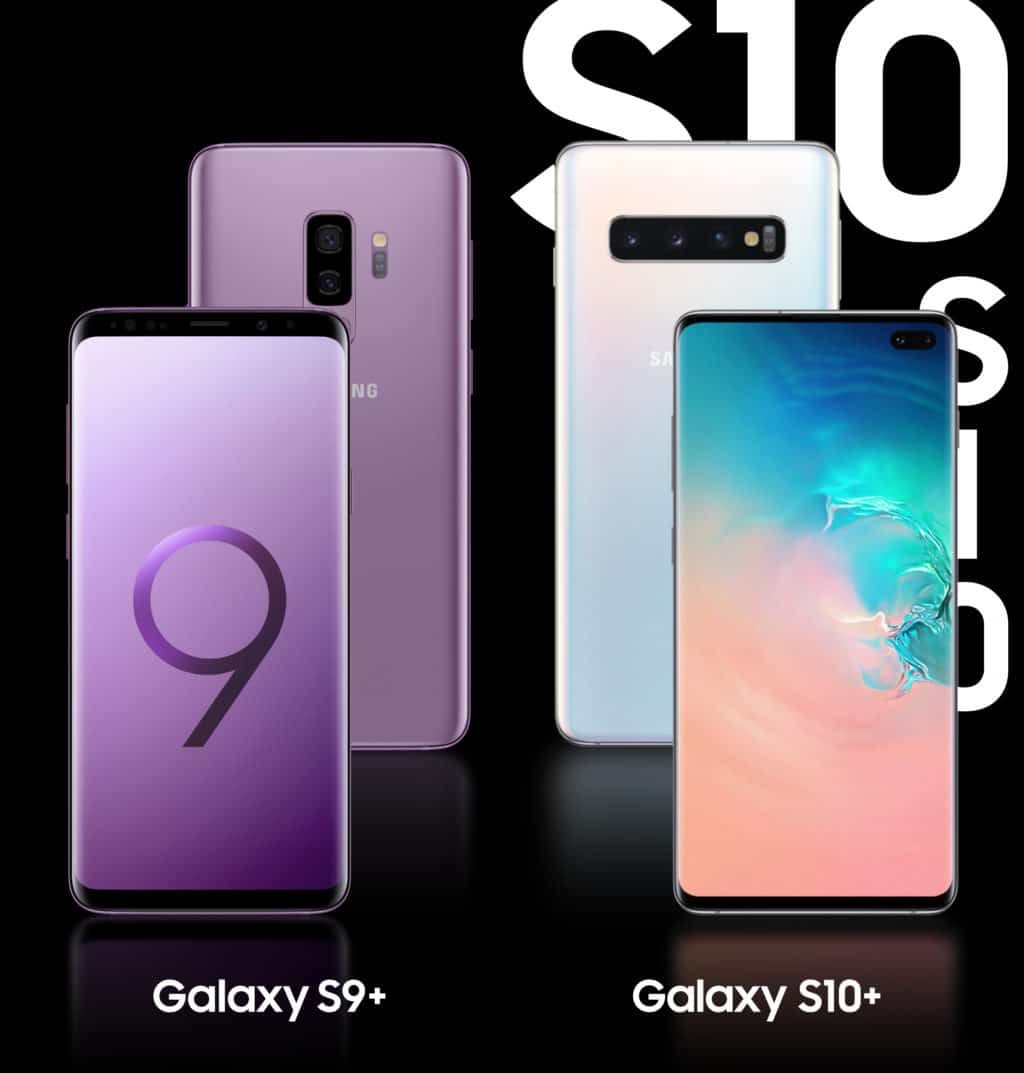
Xiaomi absolutely dominated the mid-range segment in India with the Redmi Note 3 last year. Despite its price of less than Rs 15,000, the Redmi Note 3 managed to outperform more expensive handsets than it in benchmarks. Sure, the camera of the phone was poor and the design was not exactly attractive, but the Redmi Note 3 was the best all rounder you could find inside the Rs 20,000 range in India.
10 months after the launch of the Redmi Note 3, Xiaomi has launched its successor in India: the Redmi Note 4. On paper, the handset might not seem like a big upgrade over its predecessor, and might even seem like a downgrade in some — the chipset department, specifically — but when you hold the two handsets side by side you realise just how much things have changed between the two. So, is the Redmi Note 4 only a prettier upgrade over the Redmi Note 3? Or does it pack other notable improvements as well? Find out in our comparison.
Design and Build Quality
If you hold the two Notes side by side, you will be hard pressed to tell that the Redmi Note 4 is the successor to the Redmi Note 3. While the Redmi Note 3 featured a chunky design with plastic inserts at the top and bottom for the RF window, the Redmi Note 4 features a sleeker and slimmer design. The handset features a unibody aluminium build, with machine polished antenna lines that makes it look more premium.
The Redmi Note 4 is also slimmer than the Redmi Note 3 despite packing the same 4100mAh battery. Visually, due to the tapering design of the rear, the thinness of the handset when compared to its predecessor is amplified.

While both phones sport a 5.5-inch display, the one on the Redmi Note 4 is slightly taller and narrower. This aids one-handed usage, with the 2.5D curved cover glass further helping in giving the phone a more premium feel than its predecessor.
The rear-facing speaker on the Redmi Note 3 was one of its weakest points, and Xiaomi has fixed that on the Redmi Note 4. The speaker is now located at the bottom, though don’t be fooled by the two speaker grilles that you see. The one on the left is purely for aesthetic purposes and houses a microphone, while the actual speaker is located on the right.
In the design and build quality department alone, the Redmi Note 4 is a huge upgrade over the Redmi Note 3, with its sleeker and more premium design.
Display
Both Redmis come with a 5.5-inch Full HD display. The one on the Redmi Note 4, however, is slightly taller and narrower that makes it more suitable for one-handed use. The display is also capable of reaching higher brightness levels, and Xiaomi says that the color accuracy has also improved. Compared to the Redmi Note 3, the display on the Note 4 is protected by a curved 2.5D curved glass which makes swiping on the display from the edges a more pleasant experience.

The Redmi Note 3’s display was already good enough, and the minor improvements that Xiaomi has made to the panel this year on the Redmi Note 4 only improve things further.
Performance & Battery Life
Now, this is perhaps the most controversial aspect of the Redmi Note 4. On paper, the Redmi Note 4’s oct-core Snapdragon 625 chipset is not as powerful as the exa-core Snapdragon 652 chipset found inside the Redmi Note 3. Sure, it packs more cores and is clocked higher at 2GHz, but it is still a slower chip. The GPU is also a downgrade on paper.
The slower chipset does lead the Redmi Note 4 to perform worse in benchmarks and games, but the difference is not something that you are going to notice in daily use. Heavy games like Asphalt 8 and Asphalt Extreme worked just fine on the game with no lags at full settings. I also faced no performance issues while alternating between multiple apps on the phone.
The key advantage that the Snapdragon 625 chipset packs over the Snapdragon 652 is that its fabricated on the 14nm node. This makes the chipset run cooler than other chipsets even when under heavy load. Additionally, it also makes the chip more power efficient. No wonder that despite coming with the same 4100mAh battery as the Redmi Note 3, I was able to eek out an additional 3-4 hours of screen on time for the Redmi Note 4 for a total of anywhere between 9 to 12 hours. For daily use, you can easily expect the Redmi Note 4 to last you two days on a single charge.
Camera

The 16MP shooter on the rear of the Redmi Note 3 was one of its weakest points. With the Redmi Note 4, Xiaomi is giving the camera on the handset a huge upgrade. Not only does the Redmi Note 4 sport a lower-resolution 13MP sensor, it also comes with larger 1.12um pixels (vs 1.0um) and PDAF. This leads to an increase in light sensitivity which translates into lower noise and better dynamic range. When you view the camera samples from both phones side by side, the difference is immediately visible. The photos from the Redmi Note 4 look more vibrant, detailed, and are exposed properly unlike the ones from its predecessor. In low light, the difference in even more evident, with the addition of PDAF ensuring that the Redmi Note 4 does not struggle to focus in low light as much as the previous Redmi.
- The photos taken from the Redmi Note 3 look washed out
- The Redmi Note 4 does a much better job
- At first glance, it might not be evident… (Pic: Redmi Note 3)
- …but this photo taken from the Redmi Note 4 is sharper and packs more details
- Redmi Note 3
- Redmi Note 4: The photo has substantially lower noise levels
The front 5MP shooter on both phones remains the same, though Xiaomi does include a Beautify Pro (vs. only Beautify) on the Redmi Note 4 with more customisation options to help you capture that perfect selfie.
Software
The Redmi Note 3 and Note 4 both run on MIUI 8 based on Marshmallow. The experience on both phones is the same which means you get features like Dual Apps, Second space, Reading mode, Lite mode, and a plethora of other customisation options. Xiaomi has released a beta build of MIUI 8 based on Android 7.0 Nougat for the Redmi Note 4 but it does not bring any new features to the table. Purely in terms of software, both phones offer the exact same feature set.
Conclusion

There really is very little reason for one to buy the Redmi Note 3 over its successor. The latter might be slower than its predecessor, but the drop in performance is not noticeable. On the flip side, the extra battery life definitely is. Then, you also get a better camera and more premium design on the Redmi Note 4 which makes the overall package even more attractive.
Only buy the Redmi Note 3 if you are a gamer who plays heavy games like Asphalt Xtreme and GTA San Andreas on their handset and wants the absolute best performance.

























